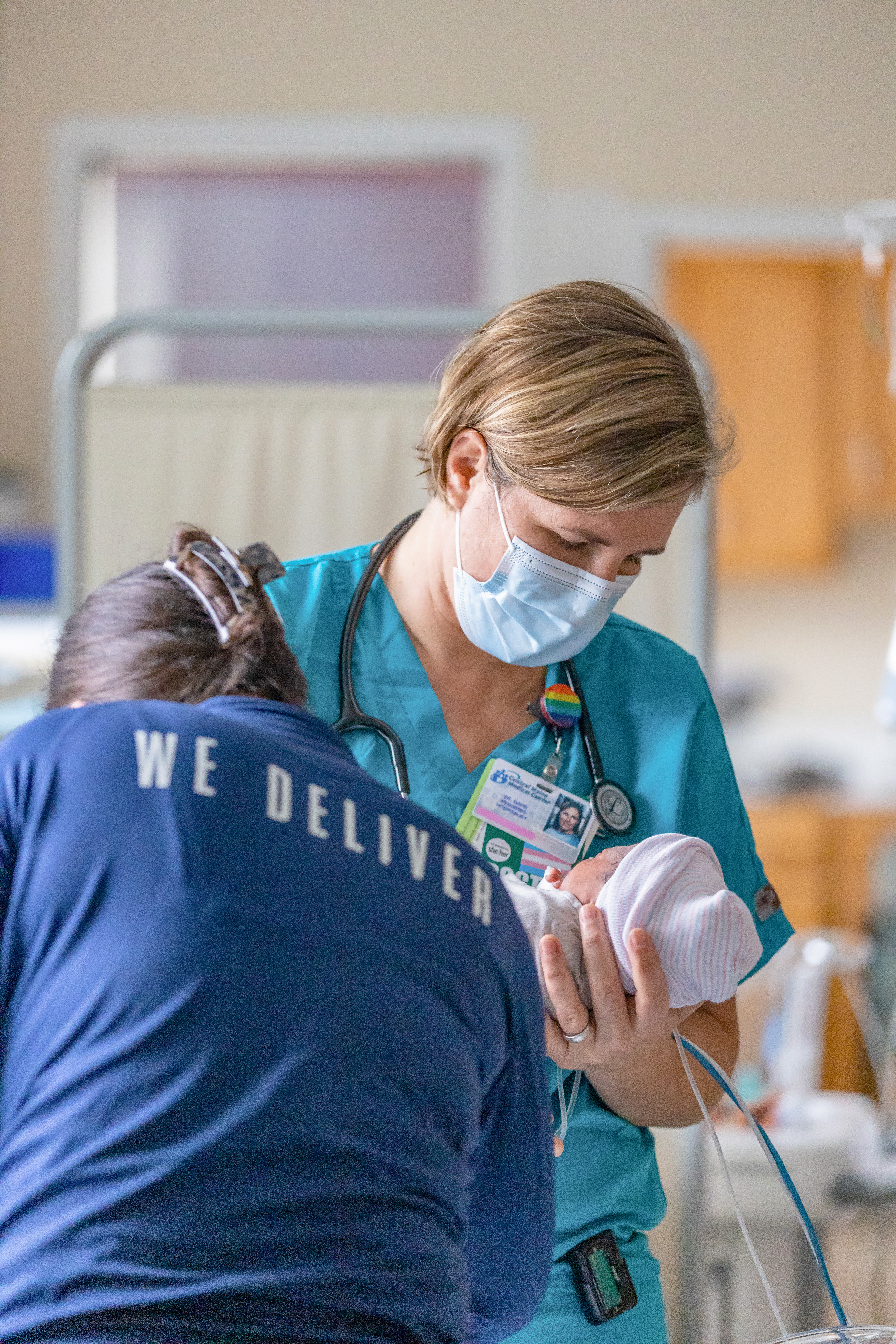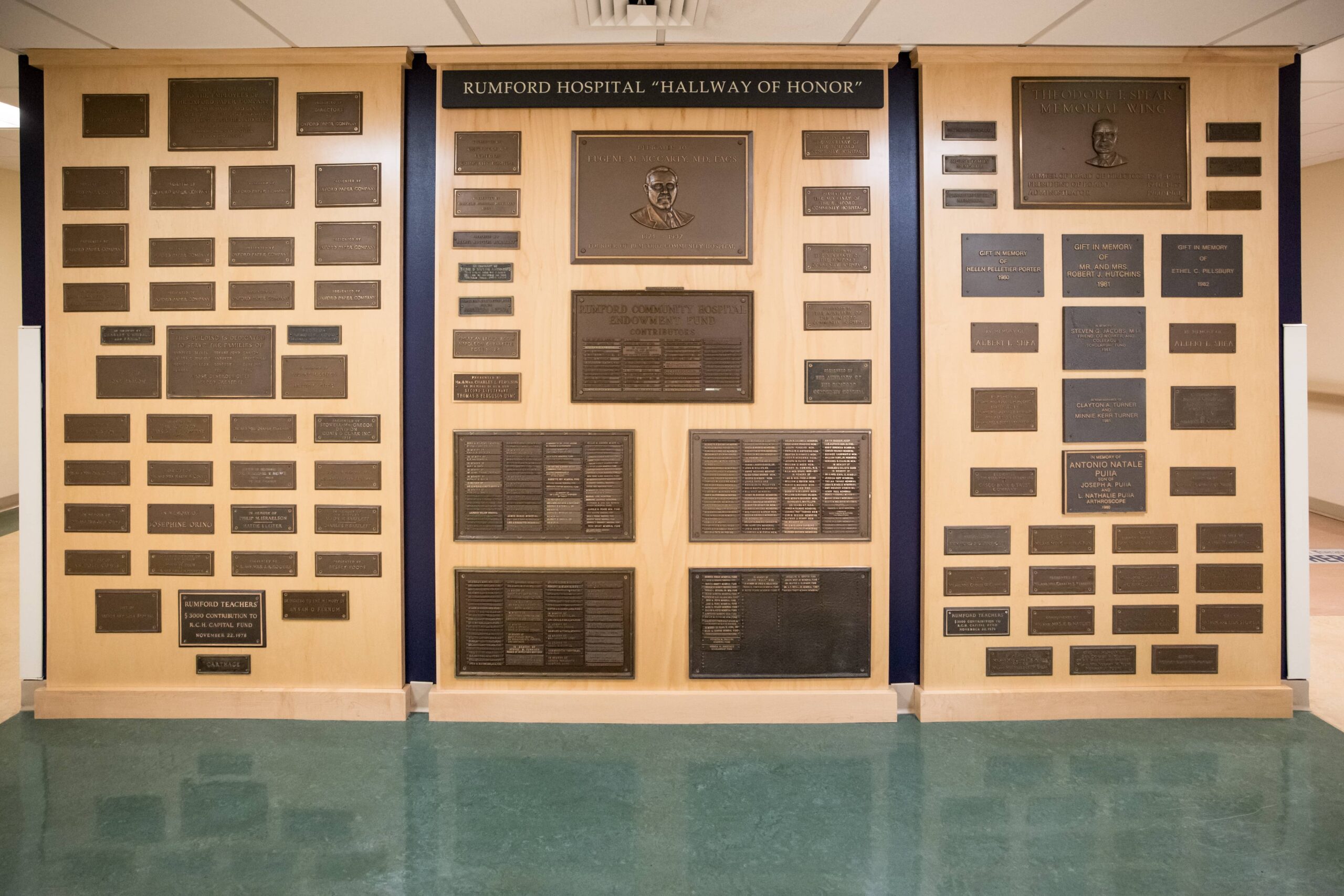Bridgton Hospital
Find A Provider
Bridgton Hospital Directory
10 Hospital Drive, Bridgton, Maine 04009
If you are experiencing a medical emergency, please call 911.
| Main Switchboard | 207-647-6000 |
| Administration | 207-647-6032 |
| BH Specialty Clinics | 207-647-6064 |
| Billing Services | 1-888-869-3101 |
| Central Maine Medical Center | 207-795-0111 |
| CMMC Out of State Billing | 207-795-2237 |
| Childbirth Education | 207-795-0111 |
| Development | 207-795-5725 |
| Emergency Department | 207-647-6070 |
| Human Resources | 207-647-6230 |
| Inpatient Unit | 207-647-6119 |
| Laboratory | 207-647-6090 |
| Library | 207-647-6084 |
| Media Requests After hours, contact the Nursing Supervisor for information on patients. | Communications 207-786-1810 Nursing Supervisor 207-647-6000 |
| Medical Records | 207-647-6106 |
| Oncology/Infusion Center | 207-647-6120 |
| Pharmacy | 207-647-6142 |
| Physical Therapy | 207-647-6145 |
| Provider Referral Services | 1-888-832-4057 |
| Radiology | 207-647-6095 |
| Respiratory Therapy | 207-647-6146 |
| Social Services | 207-647-6149 |
| TTY | 207-647-6140 |
| United Ambulance | 207-647-5222 |
Emergency Messaging
Telehealth Services
Central Maine Healthcare now offers telehealth services, bringing you the care you need when you’re unable to leave home. Online and telephone visits are available at most of our outpatient locations.
What is Telehealth?
Telehealth is a service provided to connect you with your healthcare provider virtually, without having to leave the comfort of your home. Telehealth includes phone appointments and video appointments with your provider using technology such as a smartphone, computer or tablet. Depending on your needs and the purpose of your intended visit, you are able to speak your provider about medical conditions and concerns, receive a diagnosis and request prescriptions. To find out if a telehealth visit is right for you, contact the Patient Service Representative at one of our outpatient practices. We can discuss your options with you and schedule the visit.
Telephone Visits
Telephone visits are now available in all CMH primary care and specialty care practices, so you can conduct your healthcare visit by phone from the comfort of your home. Available for both current and new CMH patients, these appointments are scheduled by calling your practice of choice and requesting the appointment. Phone visits are the same cost as an office visit and are covered by all in-network insurance providers.
Online Visits by Smartphone, Computer or Tablet
Many Central Maine Healthcare primary care and specialty care practices now have the ability to conduct online visits. You can visit with your provider using a smartphone, computer or tablet. Below is a list of practices that are currently offering this service. We will continue to update the list as more are added.
Central Maine Internal Medicine – Lewiston
Central Maine Healthcare Orthopedics – Auburn
Topsham Family Medicine – Topsham
Central Maine Family Practice– Lewiston
Family Health Care Associates– Auburn
Central Maine Family Medicine Program– Lewiston
Gray Family Health Center– Gray
Minot Avenue Family Medicine– Auburn
North Bridgton Family Practice & Walk in Clinic– Bridgton
Naples Family Practice– Naples
Bridgton Hospital Specialty Clinics– Bridgton
Central Maine Bariatric Surgery– Lewiston
Swift River Family Medicine– Rumford
Elsemore Dixfield Family Medicine– Dixfield
Rumford Hospital Specialty Clinics– Rumford
Topsham Care Center– Topsham
Central Maine Surgical Associates– Lewiston
Central Maine Pediatrics– Lewiston
Central Maine Gastroenterology– Lewiston
Central Maine Pulmonary– Lewiston
Central Maine Obstetrics-gynecology– Lewiston
Central Maine Rheumatology– Lewiston
Central Maine Sleep Medicine– Lewiston
Central Maine Podiatry- Lewiston
Central Maine Plastic Surgery– Auburn
Central Maine Neurology– Lewiston
Central Maine Medication Management Clinic- Lewiston
Ent Head and Neck Surgery– Lewiston
Bridgton Hospital
Bridgton Hospital is a 25-bed, not-for-profit critical access hospital (CAH) that serves the people of western Maine. Founded in 1917, Bridgton Hospital provides 24-hour emergency services and features medical and surgical services, intensive care and a variety of other services including oncology, hematology, podiatry, orthopedics, cardiology and diabetes education. The hospital provides a comprehensive range of diagnostic services with a full-service lab and a radiology department boasting 3D mammography, ultrasound, CT scan and MRI.
Ways to Give
Help make a difference in your community’s well-being.
Central Maine Healthcare is dedicated to providing compassionate, high-quality healthcare to residents of central Maine, every day.
Our non-profit hospitals – Bridgton Hospital, Central Maine Medical Center and Rumford Hospital – rely on community support to help us strengthen and enhance our patient care, health education, medical equipment, and facilities, and ensure that central Maine, the Lakes Region and the River Valley continue to receive top-notch healthcare close to home. Whether you choose to donate to a specific program or service or make a general contribution, your gift will make a positive impact on the health and well-being of your community.
For more information about ways to give to Central Maine Healthcare, please contact our Office of Philanthropy by email at giving@cmhc.org or telephone at 207-795-2685.






